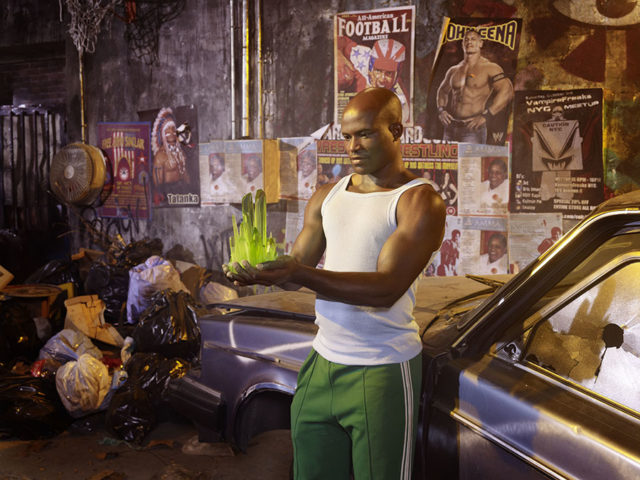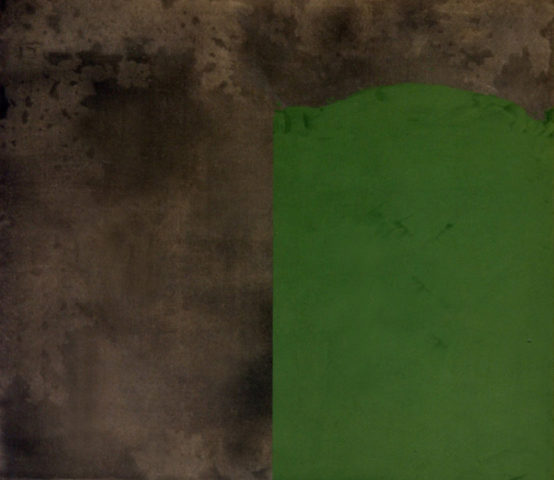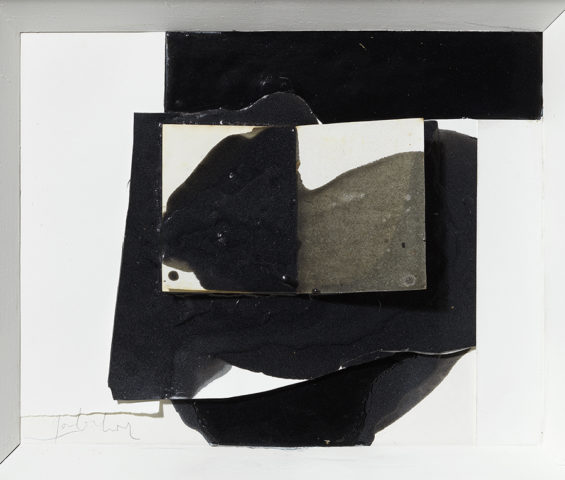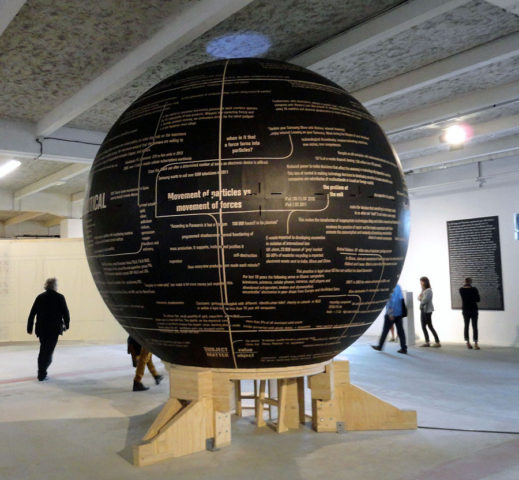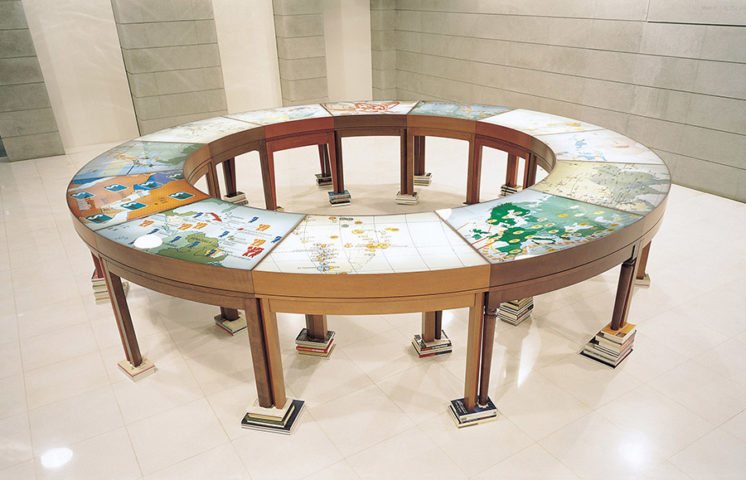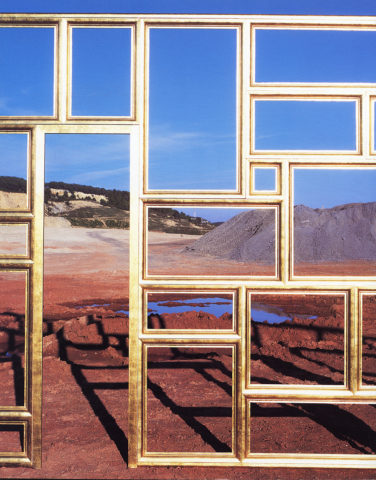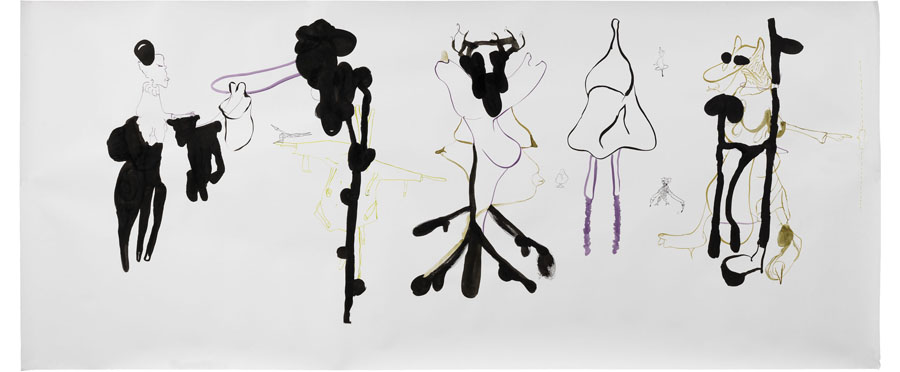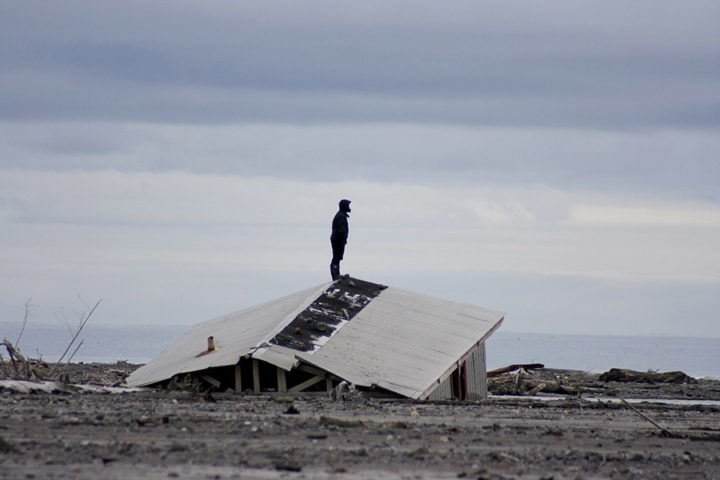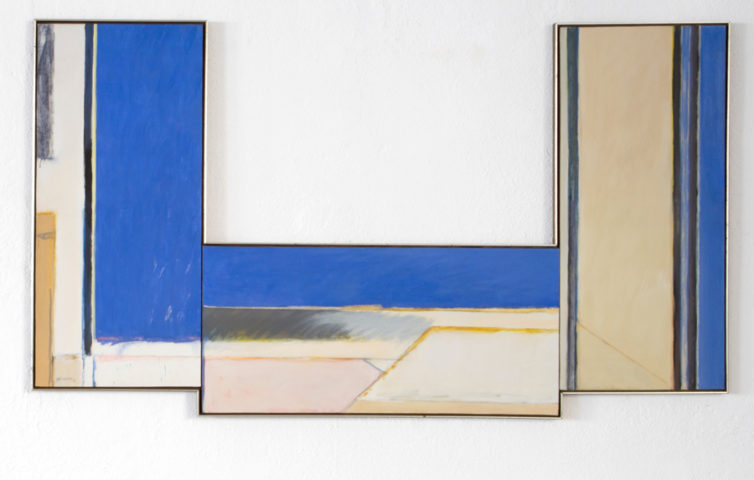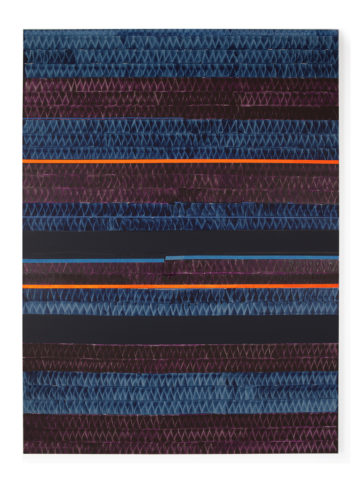Olot, 1970
Lives and works in Barcelona
Carles Congost’s work revolves around the construction of personality and the behaviour codes and it is noted by the redevelopment of cinematographic, photographic and musical stereotypes. His work is developed in a harmonic way along with different disciplines –photographs, videos, sound and drawing- incorporating at the same time a classical and ironical treatment to the image.
The art world constitutes one of the themes that Congost has incorporated to his recent work, from the theatrical stagings that question the mechanisms, to the dynamics and stereotypes of the art world itself.
